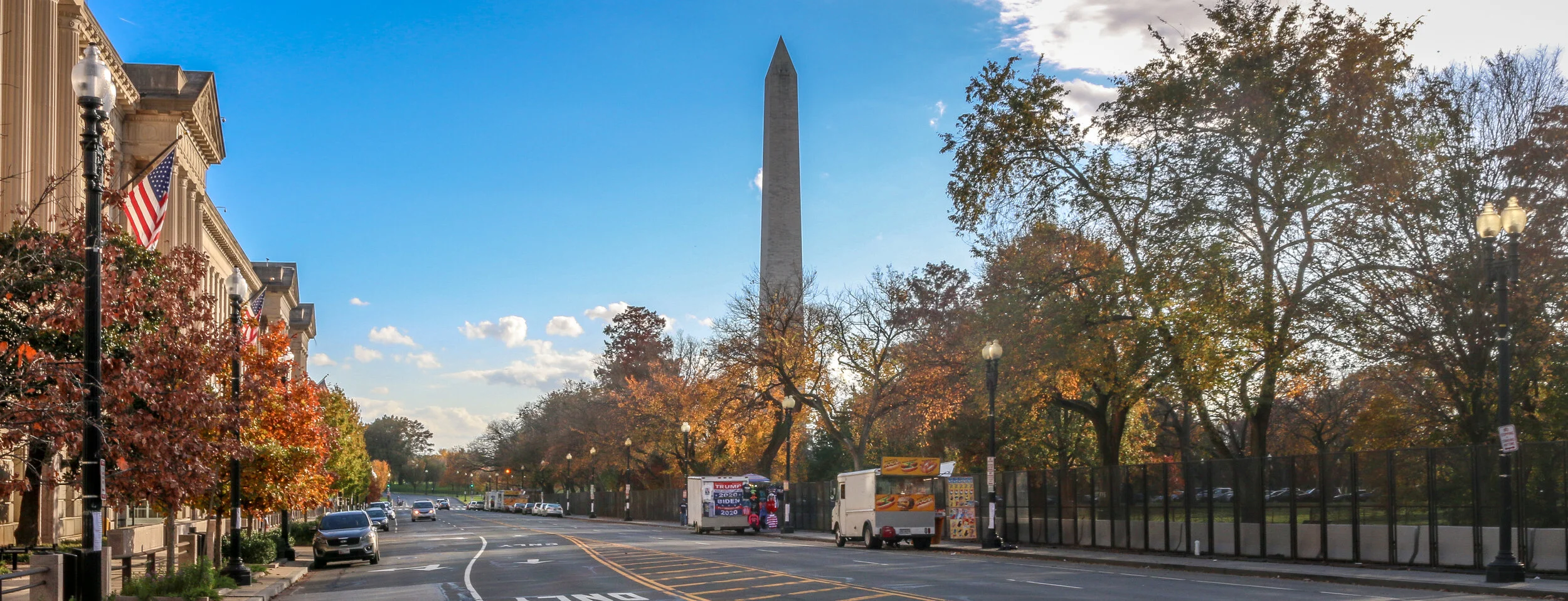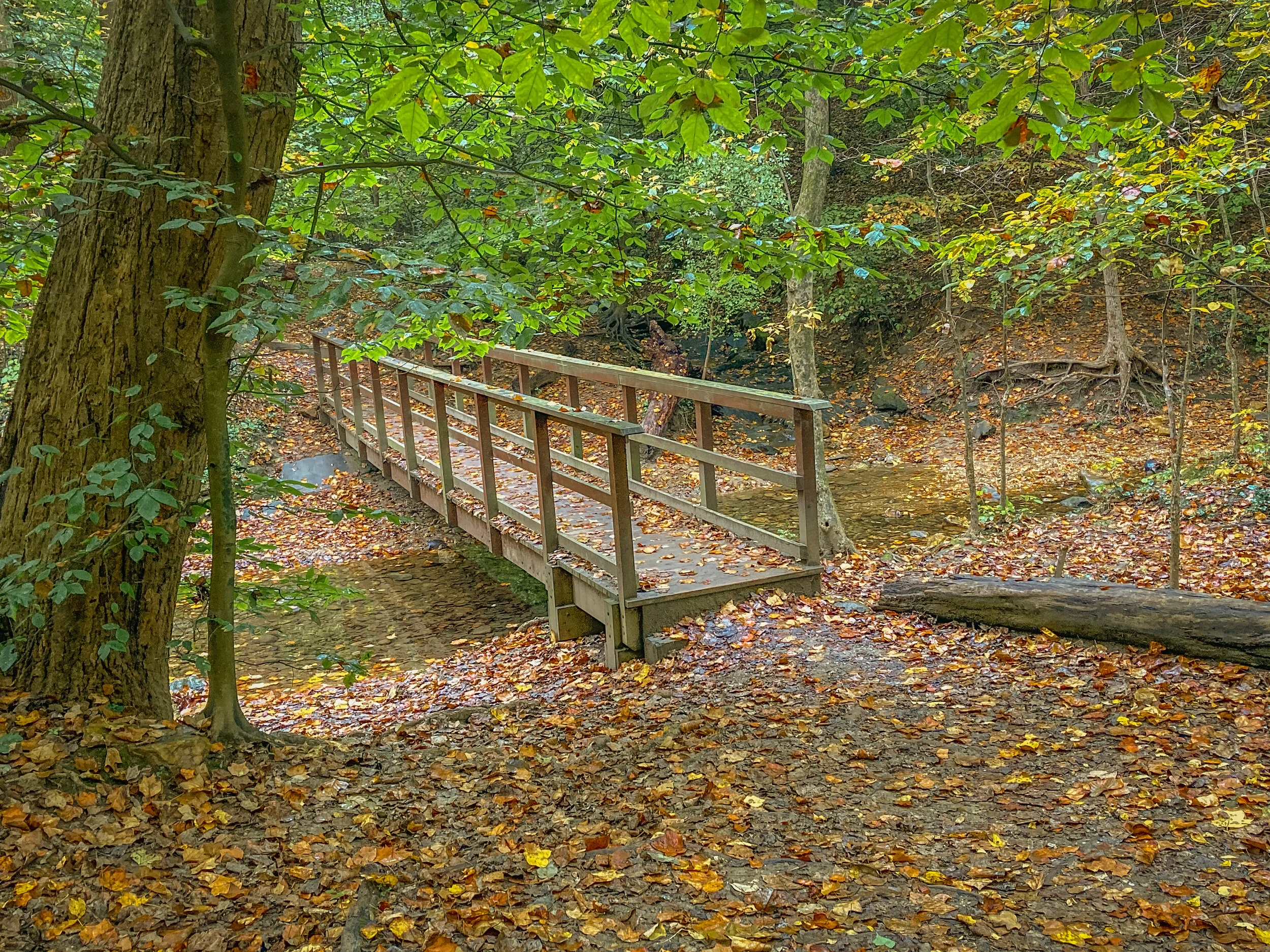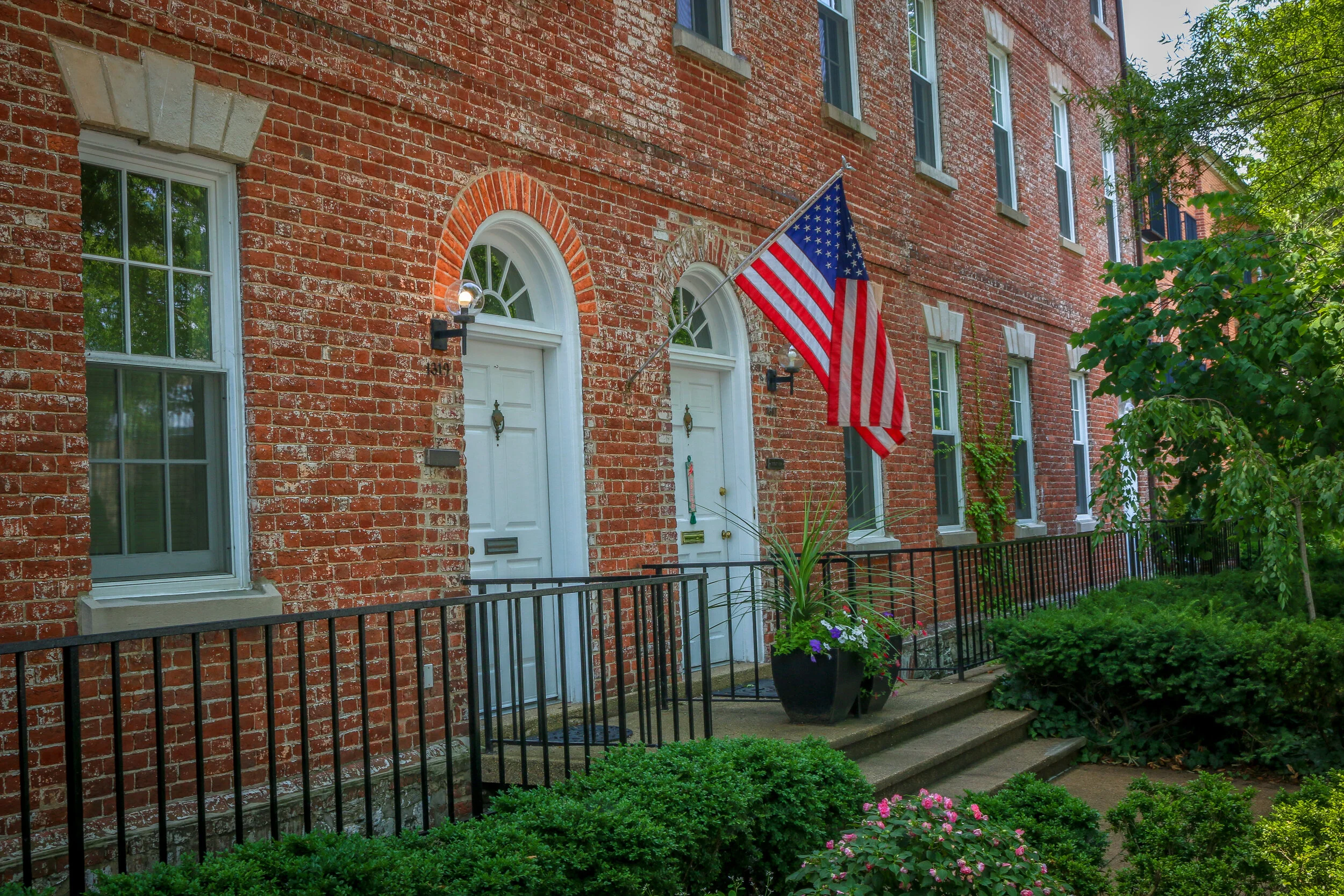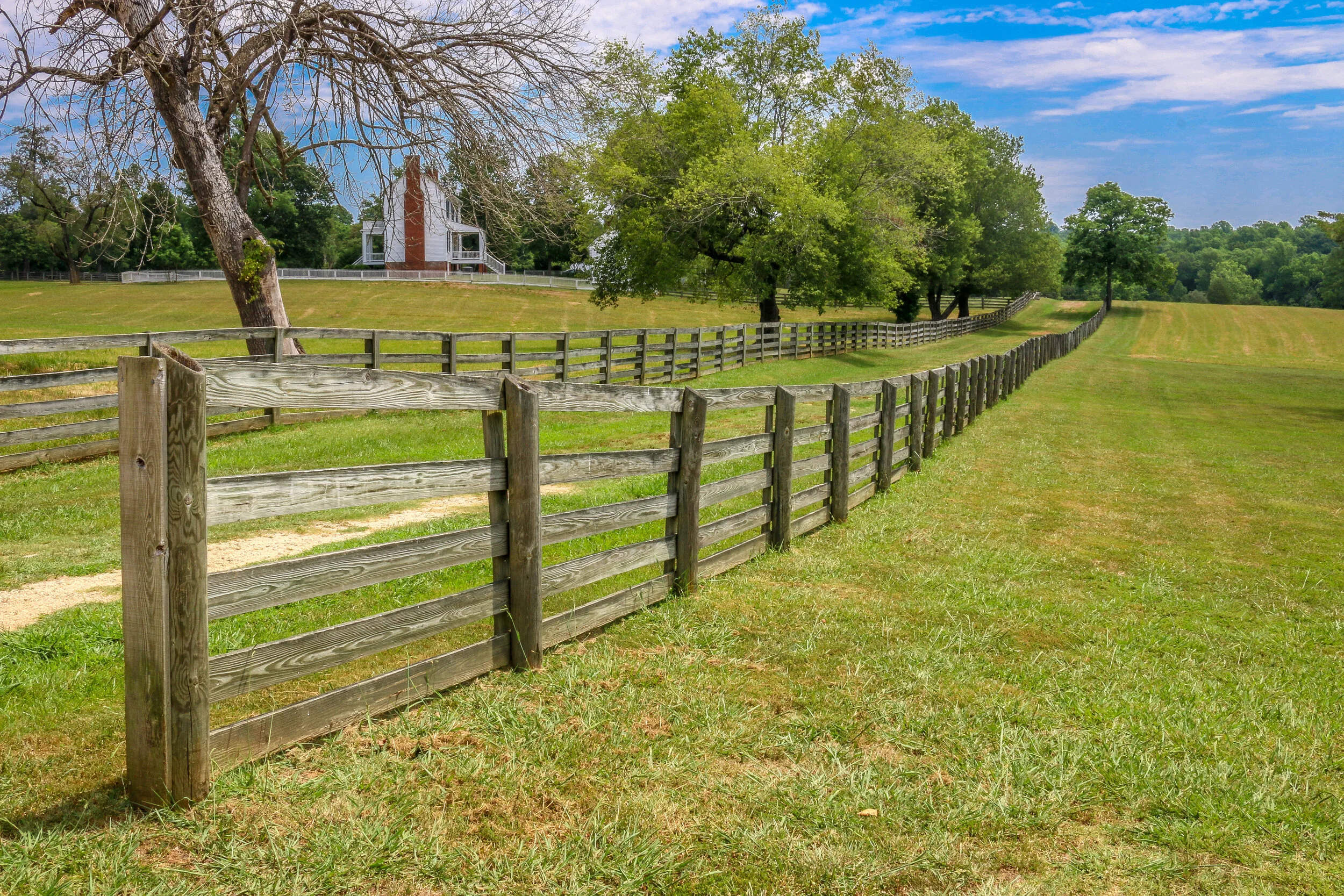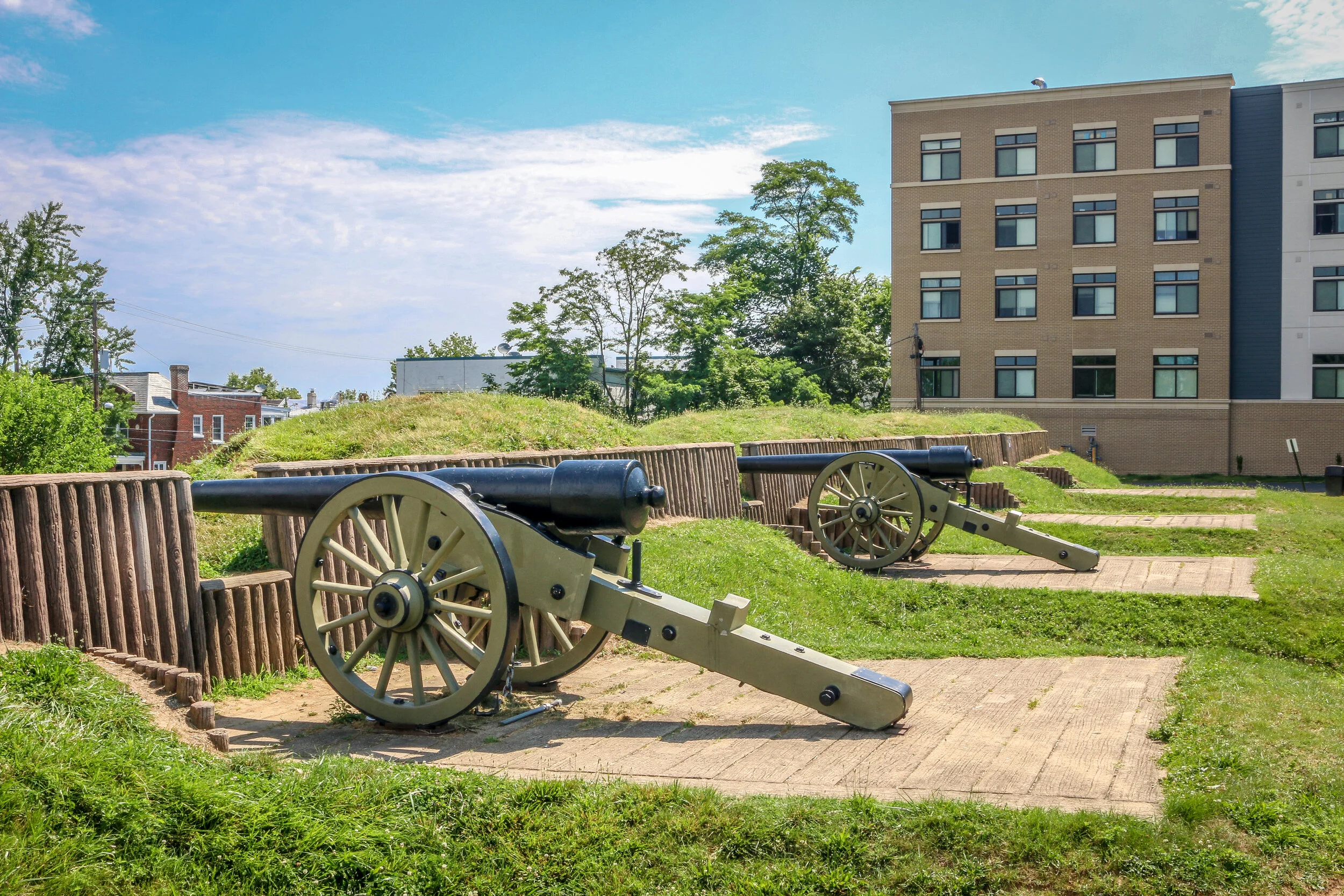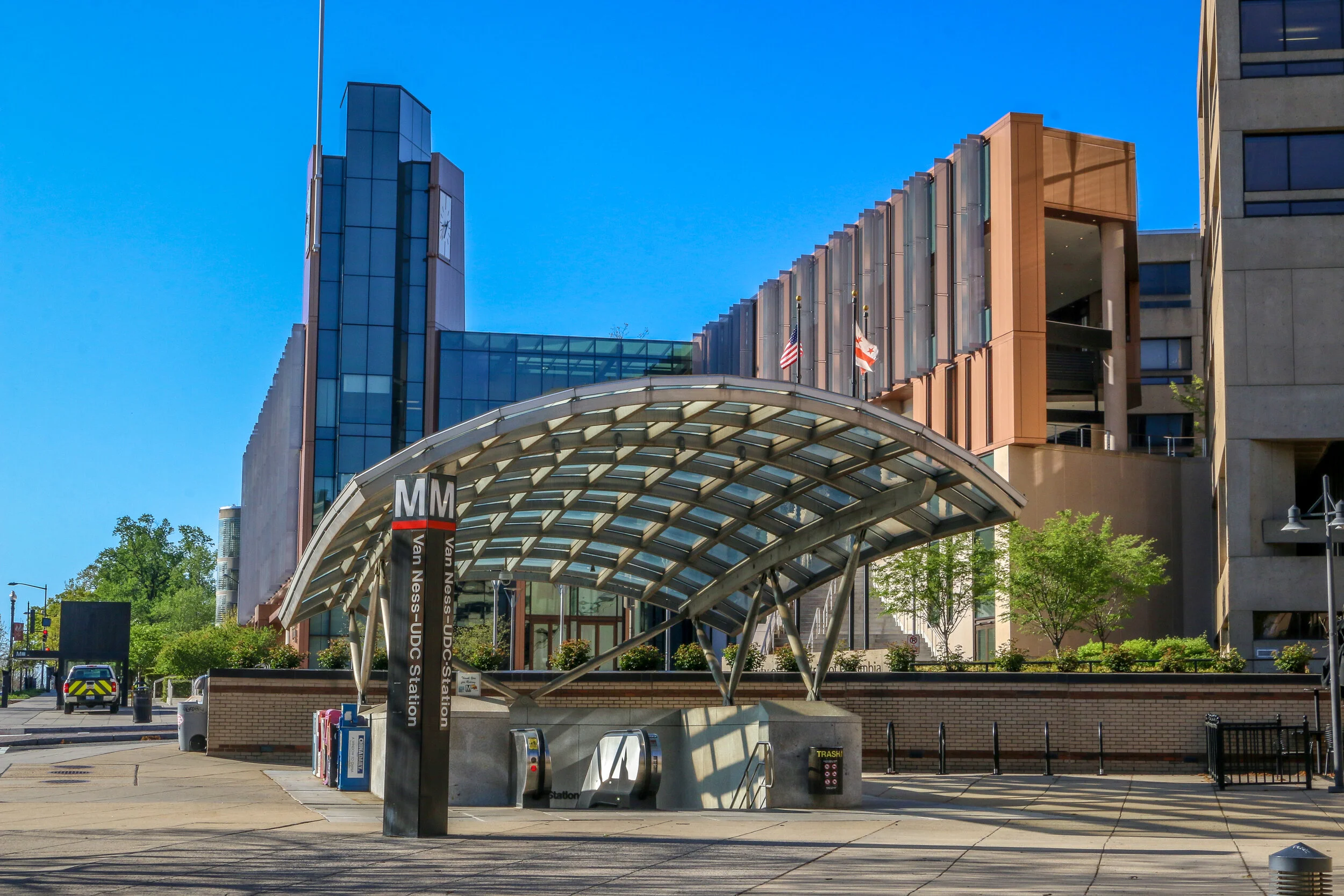When the Mexican-American War ended with the 1848 Treaty of Guadalupe Hidalgo, much of present-day New Mexico became part of the United States. Mesilla was founded just south of the new border for local Mexicans who wanted to remain in Mexico and the town grew quickly to a population of over 800 in 1850. In 1854, Mesilla would be included in the Gadsden Purchase and become a part of the United States from that time forward. Mesilla would briefly serve as the Confederate capital in New Mexico during the Civil War. Billy the Kid once called Mesilla home and it was there that he was sentenced to die by hanging for the murder of Sheriff Brady in the Lincoln County War. Mesilla was also a stop on the famed Butterfield Stagecoach route. Today, the bells still ring in the San Albino Church and the Historic Plaza is a vibrant gathering place. The incredible bar and dining room at the Double Eagle are a must-see if you visit, even if just for a margarita. Just around the corner is La Posta Restaurant which used to be the old Corn Exchange Hotel where the likes of Billy the Kid, Kit Carson and Pancho Villa once stayed. There is a ton of history in old Mesilla and it’s one of the coolest little towns I visited in Southeast New Mexico. It’s definitely worth a stop if you’re ever in that part of the state. I hope you enjoy these photos from fabulous Old Mesilla.
Viewing entries in
Neighborhood
Cedarburg is a beautiful and vibrant old mill town in Ozaukee County, just a half-hour north of Milwaukee. Cedar Creek brought German immigrants to the area in the 1840s where they built grist mills and a small community began to develop. When the train came through thirty years later, the town expanded as it now had access to the larger markets of Milwaukee and Green Bay. Churches were built and streets were laid out, but Cedar Creek was still at the center of the community. As time passed, suburban Milwaukee started edging ever closer, but Cedarburg has been able to maintain its own identity and its small town charm. I enjoyed my visit to Cedarburg and hope you enjoy these photos of this beautiful historic mill town on Cedar Creek.
Tiny Charlevoix, Michigan, is named for the Jesuit priest and missionary Father Pierre François Xavier de Charlevoix. It’s certainly one of the more beautiful town names in the state and the town lives up to it well. Situated between Lake Michigan to the west and Lake Charlevoix to the east, it definitely has a maritime feel to it, but more yacht than fishing boat if you know what I mean. In 1918, self-taught architect Paul Young began building fairy-tale houses in the town, some shaped like mushrooms and some more like Hobbit houses. Young’s houses are mostly grouped into two neighborhoods and are really something to see. Other houses and businesses in town have drawn from his style and I also enjoyed seeing them. Charlevoix is also the jumping-off point for ferries to Beaver Island, which is why I was in town. The downtown area is compact but pleasant with some wonderful little bars and restaurants, but the real beauty lays along the lakeshores. Charlevoix also hosts the Venetian Boat Festival every year which looks like an amazing event I’d love to see for myself. The mural on the side of the Rexall downtown is one of the most beautiful I’ve seen anywhere. I hope you enjoy these few photos from my time in the aptly nicknamed Charlevoix the Beautiful.
Detroit’s Eastern Market is a wonderful place. The central open-air market is only open Tuesdays and Saturdays, and market days are obviously the busiest time to be there, but the neighborhood surrounding the market is a vibrant place full of old buildings, shops, restaurants and stunning murals. I visited on a Saturday and the whole place was buzzing. There were buildings full of flowers, fresh fruits and vegetables, meat, seafood, nuts and some arts and crafts as well. Wandering the surrounding neighborhood, I found live music, packed outdoor patios and even a wedding at the beautiful St. Joseph’s Oratory Cathedral. The people visiting the market was an incredibly diverse mix from all corners of the city and all over the world. If you’re in Detroit on a Tuesday or Saturday, definitely head out to Eastern Market. You’ll be glad you did. If you can’t make it there, I hope these photos will give you a little taste of what it’s like. Enjoy.
Hello Everyone! It’s been a beautiful week here in Washington D.C. with warm, sunny days and cool clear nights. In some ways this is all very familiar to me as I’m usually headed home in October or November, tired from a long year on the road and ready for some “home time” over the holidays. I come home to rest and get my affairs in order and begin to plan for the next leg of my journey, whatever that may be and wherever it may take me. It’s a time to catch up – on my projects, on my sleep and with friends and family. Unlike spring and summer which I’ve rarely spent in the city, this feels more normal to me.
Today also marks the three year anniversary of the journey which became Miles2Go. Three years ago today, I set out for Harpers Ferry, West Virginia with a dream of spending a month in each state over the next 4 years. I soon learned that a month was too short to get a real understanding of a state while also maintaining this blog, so my timeframe changed. There were a lot of tough times and setbacks as I got this thing off the ground, and just when I felt like I knew where it was going and how to make it all work, I hit the cruise control button and then this pandemic hit, turning me towards home and grounding me indefinitely. It’s been a bumpy road for sure, but anything that’s worth it will no doubt involve overcoming obstacles. I don’t know what my future or the future of this project will look like at this point, but I’m grateful for the journey and everything and everyone that’s been a part of it thus-far.
Sadly the reason keeping me here, the coronavirus, has continued to rage across the country with still-worsening conditions being reported every day. As we get closer to a quarter-million deaths from the virus here in the U.S. alone, I wanted to put that number into perspective for you. While 235,000 may be just a fraction of a percent of the population of the U.S. as is often pointed out, it is more than our average annual deaths in this country from any cause other than cancer and heart disease. It’s four times our average annual number of flu and pneumonia deaths (all according to the CDC). It’s also more than the number of Americans who died in World War 1, Vietnam, Korea and the American Revolution combined. It’s more than the single-year casualties from our two bloodiest wars – World War II and the Civil War. Keep these statistics in mind when people tell you that the virus isn’t all that bad. In the entirety of the almost 15 years we were involved in the war in Vietnam, we lost less than a quarter of the number of people who have died from this virus this year, and it’s only mid-November. For some reason people in this country refuse to look beyond our borders to countries which got some level of control over the pandemic through the summer months with masks and distancing and continue to believe it’s all some kind of hoax. 80% of current cases in the U.S. can be traced back to restaurants, bars and gyms.
What should we be doing about this? First and foremost we need to start listening to the experts. This country’s leading medical experts and virologists have laid it out pretty simply from the start, and have been able to make things even clearer as we’ve learned more. And yet people refuse to listen to them, searching out someone, anyone, who will tell them what they want to hear instead of what the consensus of the experts is. I want to get back to my normal life more than anyone, but I’m willing to put that all on hold for the greater good of my countrymen. To me, that’s a pretty good definition of patriotism.
Hello Everyone! I hope you’ve all had a nice week since last we met. The weather here in D.C. has been spectacular and I’ve enjoyed spending a lot of time outside this week. The fall colors aren’t great here, but the maples in particular have been pretty awesome. My folks and I have continued to try and celebrate life this week while keeping safe and close to home and I even got out for an overnight in my van which was awesome. October has seemed to go even faster than September did and I know that process will continue as the days get shorter. All told it’s been a pretty good week though.
I got a new phone this week, which is always exciting. My iPhone 5s has been slowly dying over the last year or so, and at the end the battery would only last about 20 minutes. I carried around an external battery for the last 6 months which is a pain, but also not a huge deal. I’m not all about the latest gadget, but that phone lasted a solid five years or so and hadn’t been new when I bought it. I’ve gone with the latest iPhone SE which has the newest chip in a reasonably priced phone. I was super happy with Apple’s new phone-to-phone transfer technology which basically migrated everything from my old phone to my new phone (down to the wallpaper) via WiFi. It was amazing and made set-up super easy. So far I’m enjoying the new features and the expanded capacity and capability of my new phone, and while there are a few things my old one could do which this one doesn’t seem to be able to, I’m sure I’ll get used to it.
The news this week is obviously pretty focused on the upcoming election, and I truly hate to see the divisiveness in the country right now. I know it’s been building for quite some time, but it seems too many people are fanning the flames and it’s heartbreaking. I think a lot of it comes from people not traveling enough and experiencing the different parts of the country and spending time with people who are Americans, but Americans different from themselves or their neighbors. I’ve spent almost my entire adult life doing just that, and I’ve found nothing but good people from coast to coast and lakes to gulf. I’ve always said that I think that sitting around a dinner table we’d have more in common than we did different, and with some open-minded conversation we could probably find compromise and common ground. But now more than ever we’re not having that face-to-face discussion, and it’s eating us like a cancer. I know the biggest divide right now seems to be between urban and rural communities and I’ve spent plenty of my life in both and both have enormous benefits and drawbacks. I think city people could use a bit of time in the country or in a small town and country people could use some real time in the city. Texans should go to Seattle and Alaskans should spend some time in L.A. and they all might find that the people there aren’t as unlike them as they think they are. I’ve spent time in my life in truly foreign environments having traveled across many countries all over the world and no matter where I’ve been I’ve met wonderful people working hard to provide for their families and spend a few minutes with their friends at the end of the day. When I personally can find a huge amount in common with a farmer in rural Cambodia, I know that people from different parts of the same country could find even more if they were focused on our common interests and ideals. We’ve got to stop demonizing each other and spend more time together and we’d all be surprised by what we find. I know that for a fact. Sermon over.
Mason and I continue our adventures around Glover Park and the nearby woods. He is really enjoying all the Halloween decorations, and again seems fearless since he has not been given a reason to be scared of the things we see (and certainly won’t get that from me). He waves to the Wolfman and says “Hi Doggie” and carried on a five minute conversation with a headless skeleton sitting in the bus stop. We’ve got a hill that we love to run down together, holding hands because sometimes he makes a misstep and at full speed that could end badly. He loves this hill and laughs so hard and heartily it warms my heart to no end. Remember when the joy of simply running down a hill could bring you that much happiness? It’s wonderful.
Unlike most of the other properties I’ve featured in this series, Wheat Row hasn’t had any really famous residents. Nor has it hosted presidents or had any major historical events take place within its halls. If anything, it is reminiscent of how the regular people lived in the early days of Washington D.C. - just a common set of row houses set along an ordinary street.
The four connected townhouses which make up Wheat Row were built around 1794 and designed by architect William Lovering, whose architecture has featured prominently in this series so far. Even when they were built, the Georgian architectural style was considered out of date. People found the houses “small and poorly constructed of inferior materials”, and yet there they stand, 225 years later.
Wheat Row takes its name from one of its early residents, John Wheat, who lived in 1315 as early as 1819. Wheat was a local designer of gardens in the city and was listed in one census as a congressional messenger. He would later purchase 1319 and 1321 as well and his family lived along Wheat Row until a few years after the Civil War.
Hello Everyone, well the dog days of summer are definitely in full effect here in Washington D.C. It’s been a while since I’ve been here in the middle of summer and I’m starting to remember why. With daytime temperatures nearing a hundred degrees and high humidity, it keeps me inside much of the day. I’m grateful to have an inside to be in during this pandemic, but I miss my outside life. I try and get up early and go for my morning walk and spend some time outside in the evening, but the heat of the day is pretty unbearable right now. But July is coming to a close and by this time next week August will be just over the horizon with fall hot on its heels. I’m looking forward to fall with its cooler temperatures and beautiful colors, and my camera and I are planning on taking full advantage of the foliage this year. But that’s getting ahead of myself and I’m still trying to make the most of the summer and my time here at home. I’ve been keeping up with my guitar and violin practice and they are bringing me joy and pleasure. I’ve been writing and actually making some progress on my book, although I’m still pushing through the first couple of weeks of the journey which were cold and painfully lonely, but also liberating and beautiful. And I’ve gotten out of the house this week despite the heat for a few good excursions.
This week I’ve had school reopening on my mind as the young man I’ve been tutoring this summer and his family are looking ahead at that issue. While the older I get, the more I realize I don’t know about many things, education is one of those things I’m still pretty comfortable discussing with some authority. While by no means an expert on the topic, I spent five years as a teacher, teaching in 12 different schools in 4 cities on 2 continents. I’ve taught 5 year olds and adults and I’ve taught in public, charter and private environments. As I look at school reopening, I wish it were being addressed everywhere in the old-school school-board setting (which thankfully it still is in many places). I think parents, teachers and community members all need their voices and concerns heard and their decisions respected. I’ve met very few teachers in my life who don’t want to teach and very few parents who didn’t want their kids in school or students who didn’t at least want to be at school. But these are extraordinary times with extraordinary consequences and as anyone who has ever seen how fast head-lice can spread in a school will tell you, things have a way of getting around in a school building pretty quick. I’ve seen some very well thought out plans, and the advice from the CDC on the topic is thorough and well-researched as well, but I also understand a host of reasons why you would want to keep your kids home until there is more known about this virus. I also sincerely hope that no school in the country will follow the model of so many towns reopening plans where people have just run out into the streets without distancing or masks under the delusion that none of this ever happened or was ever real to begin with. A school full of sick kids is a nightmare nobody wants. I will say here, and y’all know I don’t wade into politics here very much, but I truly wish the head of the Department of Education had any experience at all in public schools. I’m truly concerned for our nation’s children and I hope that each community will make these difficult decisions based on science, fact and input from those parties with the most at stake.
Also this week I enjoyed watching Chris Wallace interview the president. I’m not going to get into that interview, but I really like Chris Wallace, and knew him quite well many years ago. His son, Peter, was in my Boy Scout troop and was a friend of mine (and still is, though I haven’t seen him in years) so Mr. Wallace was around for many of our events and activities. Of course he was just a local newscaster back then, but he was well respected and seemed like a good guy. It makes me smile when I see him on national TV and I remember he always liked my peach cobbler when I made it on camping trips.
Anyways, enough of my rambling, I have done some cool things this week and am happy to share those with you here. Because we didn’t travel last Tuesday, we took a bit of a ramble on Thursday instead. We set off to explore the city a little bit and see the small handful of houses in Washington D.C. that were built around or before 1800. It was a fun jaunt around the city which took us to some cool neighborhoods we don’t get to a lot. I hope to publish the photos from that tour here this weekend. It was fun, and nice to drive around the city with a mission.
The photos below come from a recent visit to Fort Stevens in Washington D.C. - site of the only battle fought inside D.C. during the Civil War, and of Battleground National Cemetery up the street. The final photo came from Grace Episcopal Church in Silver Spring, MD. Civil War Chronicles will trace the major battles of the Eastern Theater of the war through photos and brief histories.
After overcoming Union General Lew Wallace and his men at the Battle of Monocacy on July 9th, 1864,, Confederate General Jubal Early continued his march towards the Capital of Washington D.C. The Confederate soldiers made the march in two days. Thankfully, Wallace had delayed the Confederates long enough for General Grant to send reinforcements via steamship from Richmond who soon took up position in the northern section of the circle of forts surrounding the city. Fort Stevens guarded the 7th Street Pike, one of the main roads into the city (now Georgia Avenue).
The armies exchanged fire on July 11th and 12th, but Early felt the city was too heavily defended to mount a full scale attack. Both sides lost men in the skirmishing, but casualties were relatively light by Civil War standards. Notably, President Abraham Lincoln came to Fort Stevens on July 12th with his wife, Mary. The two came under fire, the only time in American history that a sitting president was in the direct line of enemy fire. A memorial stone on the parapet marks that location today. That evening, Early would withdraw his men through Maryland and cross the Potomac back into Virginia, marking the end of the final Confederate attack into the North. They paused briefly en-route to bury 17 of their dead comrades at Grace Episcopal Church in Silver Spring…
I hope you enjoy this post with photos and history from Forest Hills, a beautiful neighborhood in Northwest Washington D.C.
Resting quietly between Cleveland Park and Chevy Chase and bordered by Rock Creek Park to the east is the quaint neighborhood of Forest Hills. Those of us who grew up in the era of the Metro are probably more likely to think about this neighborhood as Van Ness/UDC. The station takes its name from Van Ness Street, the main cross street in the neighborhood, and the University of the District of Columbia. Since the northern border of the neighborhood is considered to be Nebraska Avenue, I grew up right across the street from Forest Hills.
Once home to a Native American soapstone quarry, Forest Hills has quite an interesting history. In 1763, long before the creation of Washington D.C., Col. Samuel Beale was granted a tract of land by Lord Baltimore and named the area Azadia. Much of this tract would later be purchased by Isaac Pierce who would build his namesake mill along Rock Creek. In 1814, Revolutionary War veteran and retired land surveyor John Adlum bought a 200 acre tract of land in the area to start a vineyard. He named his estate Springland Farm and went on to become one of the first commercial producers of wine in the country (Adlum is buried at Oak Hill Cemetery in Georgetown). During the Civil War, Forest Hills was the site of Fort Kearny – one of the ring of forts protecting the Capital City…
Hello everyone, and welcome to another sheltering-in-place update from our nation’s capital. It’s been a tough week for me here personally, and I’m not ashamed to admit that I’m in a one-day-at-a-time kind of place right now. I’m grateful to have my family around me as we support each other through the highs and lows of this process.
My friend Ryan passed away over the weekend. Ryan was a part of my local hometown gang – a group of my closest friends that’s been hanging out together for more than 20 years. We’ve been through ups and downs, marriages and kids. Some of us grew up together, but we’ve all grown through adulthood together, and I’ve never doubted that I could call on any one of this group for anything in the world, even though my travel schedule makes me a recurring guest star more than a regular cast member. I have a photo of this group on the visor of my van, and when I’m feeling lonely, I flip down my visor and I’m surrounded by my closest friends. Ryan had cancer, and this wasn’t something we didn’t know was coming, but it still hurts to know he’s gone. I’m a hopeful person, and I never lost hope that he would come out the other side of it. He was my age, entirely too young to die. I’m thankful that we gathered the gang together over the holidays, some coming from as far away as California and Colorado, so that we could laugh and share and break bread and just be together. We knew what was possibly to come, and I’m glad that my friends made this gathering possible and that I was in town to be there for it. It was a wonderful weekend filled with warmth and love. Ryan’s smile, laugh and playful spirit will be missed. May he rest in peace.
Also this week, I got a text message from my ex-girlfriend telling me that she got engaged. This is, of course, happy news and I’m very happy for her and her fiancé. I am giving her the benefit of the doubt, as I have for several years now, and believe that she texted me because she wanted to share her good news with me and also wanted to be sure I heard it from her and not through the grapevine. It’s still incredibly painful news to hear though, although also not unexpected…
In 1713, two colonists were granted a tract of land extending from what is now Cleveland Park all the way to present-day Rockville. That tract long predates both the city of Washington DC and the United States as a whole, and its owners named it “Friendship”.
By the turn of the 20th Century, only two homes were located in the area, one was located a few hundred yards back from Wisconsin Avenue in a grove of silver maples, and the other lay closer to the road and was owned by the Ball family. This home had an attached blacksmith shop and also served as a changing station for stagecoaches bound between Rockville and Georgetown. In the early 1900s, trolley tracks were laid connecting Georgetown to Montgomery County, and the area became prime real estate.
Over the next decade, the land was purchased and subdivided by two men, Albert Shoemaker and Henry Offutt, and a small community began to developed. By 1914, the Village of Friendship Heights and The Hills was recognized by the state of Maryland, and the community around it was also known as Friendship Heights. This was a rural area, and an annual fall hog slaughter was a much anticipated event…






